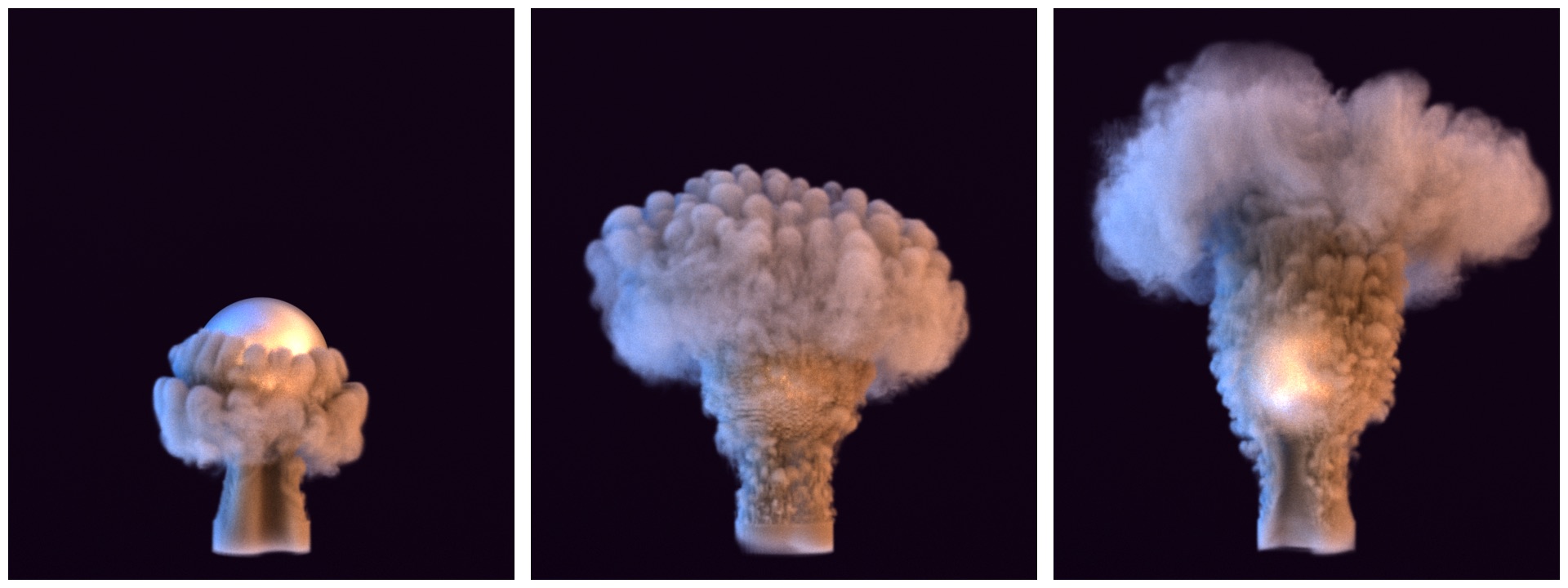Creating Animations by Machine Learning and Simulation

The course will be a combination of presentations given by the participants, and project-based team work. The presentations will cover theoretical aspects of the learning approach, discussing its limits, and strengths. For practical implementation of the machine learning approach with neural networks, several software components will be provided as a starting point. In particular a simple flow solver and a library for neural networks will be given.
Prerequisites for this course are basic programming skills, a sympathy for numerics and stochastics and the ability to work in a team on a project involving not only theory but also real hands-on coding (C/C++, Python, and similar).
Flow simulations are an important ingredient not only in scientific and engineering applications, but also in more fun-driven fields such as computer graphics, animations and games. However, understanding the underlying equations, implementing the numerical solvers and waiting for the results is oftentimes much less fun. In this course, we discuss and implement methods based on learning and neural networks to tackle some of the troubling aspects of computational fluid dynamics (https://www.youtube.com/watch?v=iOWamCtnwTc). We will still need a simulation software solving the flow equations. Where else should the neural network learn from? However, after 'showing' a set of meaningful example flows to the neural network, we are going to be able to generate new variants in (almost) no time based on the trained neural network.
